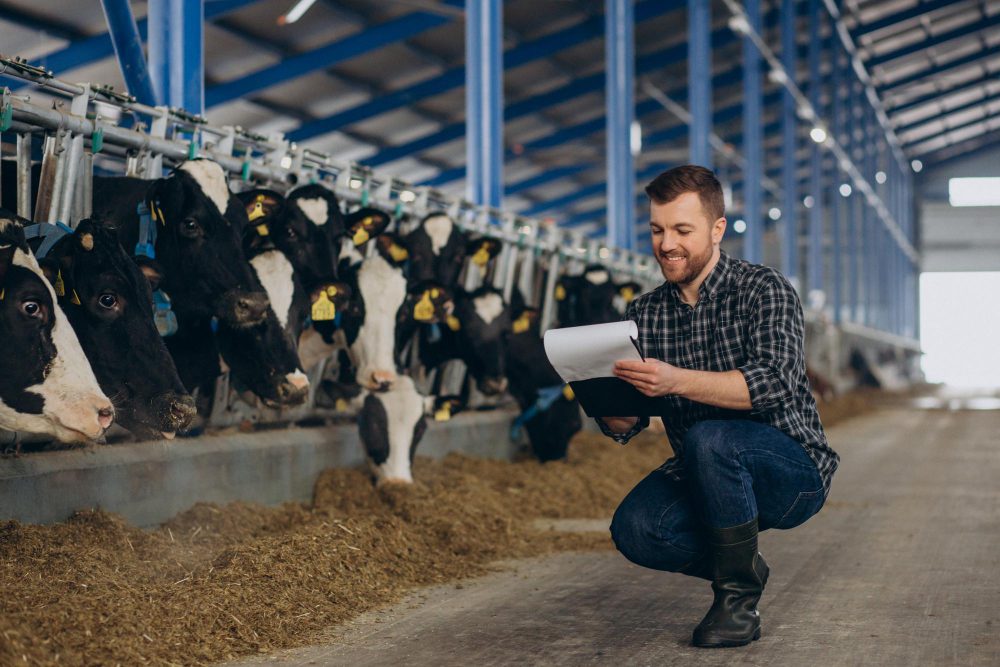What Should You Consider Before Cattle Panel Purchase?

When it comes to running a successful ranch, every decision counts. From the feed you choose to the way you manage your land, these choices shape the health and productivity of your livestock. But there’s one decision that often goes overlooked, yet its impact is immense. It’s about ensuring your cattle stay where they’re supposed to, safe and sound. That’s where the proper fencing comes into play. Not all fences are created equal, and finding the perfect match for your ranch can be a game-changer. As we delve into the nuances of selecting the best enclosure, you’ll discover the unmatched value of pipe fencing for cattle as a steadfast guardian of your herd.
Considerations for Corrosion Prevention
When evaluating cattle panels, understanding the differences in corrosion prevention methods is vital. Initially, the cost of galvanizing might seem higher, but it’s essential to consider long-term expenses. Paint systems, despite their initial appeal, require significant upkeep over time, making them an expensive choice in the long run. Conversely, a combination of zinc and paint offers remarkable corrosion protection, doubling the effectiveness compared to each method alone. This duplex coating not only simplifies repainting but also supports efficient safety marking and color-coding. Especially for pipe fencing for cattle, choosing materials with a synergistic effect ensures longevity and reduces maintenance costs.
Essential Qualities to Look For in Pipe Fencing for Cattle
Durability is Key
The durability of cattle panels cannot be overstated. Opt for products crafted with advanced materials and technology to ensure they withstand the test of time. Investigating the material quality, standards compliance (JIS G, ASTM, or AS/NZS), and ISO certification can provide insights into the longevity you can expect. Remember, higher-quality pipe fencing for cattle might come with a higher price tag, but the investment pays off by minimizing maintenance and replacement needs.
Choosing Materials for Pressure Treatment
For cattle ranchers facing the challenges of extreme weather, from the intense heat of regions, selecting the right materials for your fencing is critical. Pipe fencing for cattle made from large, thick stainless steel pipes is the ideal choice for these conditions, offering unparalleled resistance to high pressures and extreme temperatures.
High-temperature corrosion, or the more accurately termed “dry” corrosion, affects materials differently at various temperature thresholds. For stainless steel, concerns typically arise at temperatures above 500 degrees Celsius. At such high temperatures, stainless steel develops a protective oxide layer on its surface, which acts as a barrier against further oxidation. However, if the temperature continues to rise, this layer can break down, compromising the material’s integrity. Thanks to the presence of chromium, stainless steel boasts superior oxidation resistance compared to traditional carbon steel, making it a robust option for pipe fencing for cattle.
The selection of stainless steel grade for your cattle panels should take into account factors like the maximum operating temperature, exposure duration, the cyclic nature of temperature changes, and the surrounding atmosphere’s composition. These considerations ensure that your pipe fencing for cattle remains durable and effective, safeguarding your livestock against the elements.
Ensuring Rust Resistance
When exposed to water and oxygen, iron and steel begin to corrode, accelerating in environments with saltwater or acid rain. Conversely, chrome resists corrosion effectively due to a protective layer of chromic oxide. This oxidation process transforms iron into hydrated iron(III) oxide, commonly known as rust. The presence of salt and acid in rainwater further hastens this reaction, highlighting the need for robust protection in pipe fencing for cattle.
To enhance the durability of these fences, manufacturers apply a thicker zinc or chromatic layer, significantly bolstering resistance against rust. This galvanization process is crucial for maintaining the integrity of cattle panels, protecting them from environmental wear over time. Despite the challenges, properly maintained galvanized steel, complemented by paint coatings and sacrificial anodes, can extend the lifespan of pipe fencing for cattle well beyond typical expectations. Galvanized pipes, especially those used outdoors, embody a balance of strength and corrosion resistance, underscoring their suitability for safeguarding livestock in varied climates.
Assembly Should Be Straightforward
The ease of assembling cattle panels matters, especially when you’re managing a large farm. Look for fencing solutions that include user-friendly accessories to expedite the installation process. Pipe fencing for cattle that offers simplicity in setup without compromising on security or effectiveness is ideal.
Packaging and Transportation Matter
Proper packaging and labeling of cattle panels are essential for safe delivery and easy identification. Suppliers should adhere to standards, ensuring the panels arrive in pristine condition, whether they’re transported over short distances or shipped internationally. Effective packing safeguards your investment and ensures the longevity of pipe fencing for cattle.
Selecting a Trustworthy Supplier
Selecting a trusted supplier with a solid reputation and a satisfied clientele is crucial for ensuring the high quality of your cattle panels. Beyond just a good name, several key aspects set the premier pipe fencing for cattle suppliers apart from the rest.
Capacity for Production
The capability of a supplier to fulfill orders promptly is largely influenced by their production capacity. A more significant production capacity means shorter waiting times for your orders. This capacity is typically a function of the size of the manufacturer’s facilities and the technology they employ. For large-scale farming operations with substantial herds, partnering with a manufacturer that can produce around 500 MTS of pipes daily and up to 4500 cattle panels each month is vital.
Control Over Production
Superior suppliers maintain oversight over their entire production line, from raw material processing to the final product packaging. This end-to-end control allows them to guarantee the quality of their cattle panels. Suppliers who rely on external sources for materials might not assure the same level of quality, potentially leading to issues like premature rusting. Additionally, direct control over production helps avoid extra costs related to transportation and middlemen.
Technological Edge
Employing cutting-edge technology and modern machinery at every stage of production not only conserves energy but also reduces costs. It’s important to verify a supplier’s compliance with international quality standards such as ISO, ASTM, and JIS G. Ensuring they hold the necessary quality certifications is essential before placing any orders.
Expert Guidance
For those not well-versed in cattle panels or steel, professional advice from your supplier can be invaluable. The best suppliers offer personalized recommendations on the optimal materials and steel pipe types for your specific geographic and climatic conditions. They should be willing to assist in customizing the dimensions of your pipe fencing for cattle to perfectly suit your needs, ideally providing this consultation as a complimentary service, available around the clock.
Experienced Team
Working with a supplier experienced in international exports can significantly streamline the procurement process. A knowledgeable and proactive team is crucial to navigating the complexities of international shipping and ensuring that you receive the best possible pipe fencing for cattle for your ranch.
Your Guide to Quality Fencing
In our journey at Bison Pipe to provide the best steel pipe fencing for cattle, we carefully consider several crucial factors. Corrosion prevention, durability, rust resistance, and ease of assembly stand at the forefront of ensuring your herd’s safety and well-being. By choosing suitable materials, focusing on effective pressure treatment, and partnering with a reliable supplier like us, you create a strong and enduring barrier for your cattle. At Bison Pipe, we understand that the success of your ranching operation starts with the quality of your fencing. Choose wisely with Bison Pipe to protect your investment and ensure the prosperity of your cattle ranching venture.

